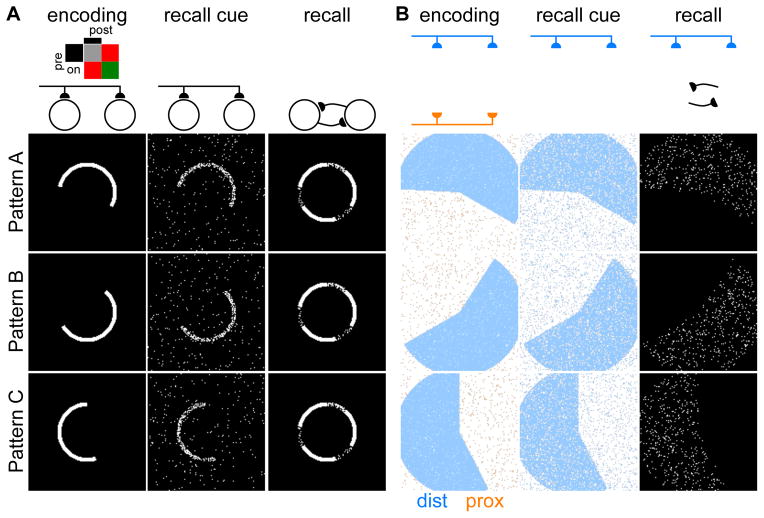Figure 3. Storage and recall of correlated memories illustrated with pictorial network representations.
(A–B) Example storage of correlated patterns (left), followed by presentation of recall cues (center), each resulting in the network converging upon a recall activity pattern (right). Schematic diagrams (above) indicate which inputs are active (dark) or suppressed (faded) at each stage.
(A) The attractor network with a single input pathway consistently converges to a common mixed attractor combining features of all three stored patterns. Inset: Plasticity rule, analogous to Figure 2C, for the case of a single input pathway.
(B) The attractor network of two-compartment neurons maintains separate engrams for each stored pattern. Encoding (left) occurs through combination of distal and proximal inputs, with pixels colored according to input combinations (Figure 2B). Recall cues (center) are provided through the distal inputs. The recalled activity patterns (right) match the patterns of burst-firing neurons during encoding.

